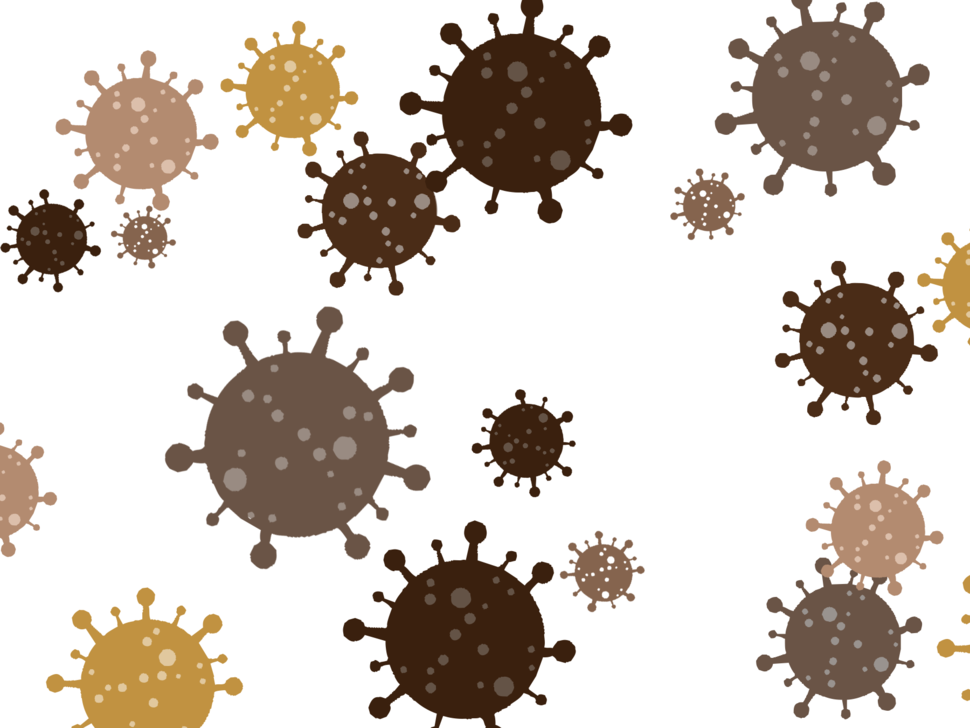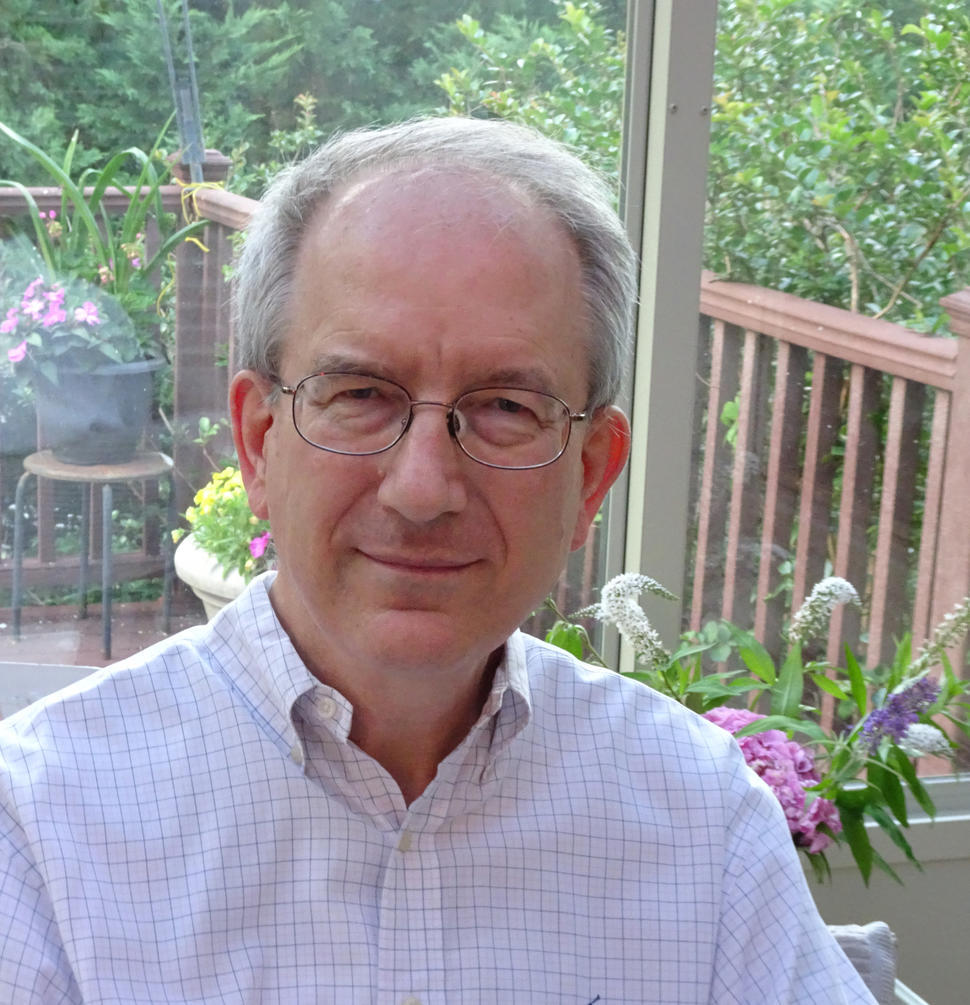Continuing Our Work in the Time of Two Pandemics
, by Louis M. Staudt, M.D., Ph.D.
I am writing today about two pandemics in the United States, one that I have tools as a scientist to address and the other that is far more vexing. When the COVID-19 pandemic hit, I immediately put on my scientist problem-solving hat—now fairly worn out after 40 years of use.
I was intrigued by the hyperinflammatory response that was getting some patients into serious trouble and wondered what the mechanism could be. Unfortunately, human immunology is still something of a mystery, mostly because we can’t do the type of study that can be done in experimental animals. So, I had trouble thinking cogently about mechanisms.
However, another habit that scientists form early on is to talk with one another. My colleague Wyndham Wilson and I began batting ideas around, and it soon dawned on us that a drug that we were using to treat lymphomas, acalabrutinib, might be repurposed to target the activation of innate immune cells that contribute to hyperinflammation in COVID-19. We tested this in patients and got promising results that need confirmation in a randomized trial.
However, this is not why I am writing this post. I am distressed by a second pandemic, a pandemic of racial injustice in the United States, highlighted by the killing of George Floyd, for which a police officer has been charged with murder. Of course, this tragedy is just one example of many fatal encounters between Black Americans and law enforcement personnel, which have been a problem in our country since long before the advent of cell phone videos. These incidents are so prevalent that it is hard to escape the conclusion that racial injustice is “baked in” to many, if not all, of our institutions, including police departments.
This problem is so complex that my scientific skills seem inadequate. I again have trouble thinking cogently about reasons and mechanisms. The needed remedies are so numerous that they are hard to prioritize.
When confronted by overt racism, the scientific method is, by itself, inadequate. These societal and political problems are woven into the fabric of the United States and can leave us feeling helpless, heartbroken, and angry. Nonetheless, there must be ways in which scientists, and the scientific method, can contribute—and we must resolve to find them.
Given my quantitative background, the first thing that comes to mind is data, data, data. Can we “diagnose” the problem of police brutality by quantifying it in every state and county and jurisdiction in our country? To achieve this modest goal, we will have to overcome various challenges, such as institutional firewalls preventing widespread accessibility of these data. Another confounding problem concerns the quality of the data currently available on policing and incarceration, which can be distorted by systemic biases in reporting. Can we prospectively improve the reliability of these data by instituting the same scientific rigor we use in capturing data from patients on clinical trials, including outside audit groups to ensure data integrity? I believe that remedies and their prioritization will become clearer with better data, a view shared by many others.
The COVID-19 and racial injustice pandemics are intersecting in a very direct way. Remarkably, roughly one out of every six COVID-19 cases in the city of Chicago can be traced to the cycling of individuals in and out of the Cook County jail: the number of released inmates in a particular zip code is the most predictive variable of COVID-19 prevalence in multivariate models. And although Blacks make up 30% of the city’s population, they represent 72% of the city’s COVID-19-related deaths. Thus, an incarceration system that unequally affects Black Americans would appear to be a vector of COVID-19 transmission.
As a medical scientist, I am moved to address health care disparities when I see them, and they are front and center in the COVID-19 pandemic. The wealth gap in the United States contributes significantly to outcomes in COVID-19, and this is one factor behind the higher rate of COVID-19 hospitalizations and death among Black Americans. A variety of medical conditions increase the risk of severe COVID-19, including type 2 diabetes, obesity, hypertension and cardiovascular disease, all of which are more prevalent among Black Americans than other racial/ethnic groups in the United States, again influenced by income inequality, which is rooted in systemic racism. The biological mechanisms by which these comorbid conditions contribute to the hyperinflammatory state in COVID-19 are currently unknown, but they seem tractable to scientific inquiry and may be addressable therapeutically. Finally, a problem for which my scientific skills seem adequate.
The health inequity that persists in our society broadly is sadly also evident in cancer. Black Americans experience the highest cancer mortality rates in our country—something that our colleagues at NCI’s Center to Reduce Cancer Health Disparities (CRCHD) are working hard to understand and overcome. One project here in NCI’s Center for Cancer Genomics, in collaboration with CRCHD, aims to develop organoid cell culture models from cancer patients who are Black, providing a means to test cancer drugs preclinically in models relevant to these patients. This effort is needed because most available cancer models are derived from patients of white European ancestry and because cancers arising in Black patients can have distinguishable genetic alterations that affect oncogenic pathways.
While our mission at NCI remains focused on patients with cancer, we cannot ignore the complex and destructive interplay between the dual pandemics of COVID-19 and racial injustice. As responsible scientists, we need to bring all of our training and methods to bear on these disparities. We should all roll up our sleeves and find ways to ensure that every person has an equal chance of a healthy, long life.

